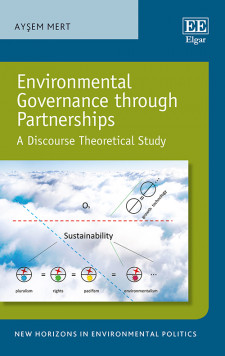
While transnational partnerships are now the norm in global politics and governance, contemporary scholarship often takes partnerships for granted, failing to question the mechanics that underpin them or the degree to which they are shaped by complex organizational dynamics. Having studied the underlying mechanics of partnerships within and outside the United Nations system, Ayşem Mert takes a step back from the contemporary discourse on transnational partnerships and explores why they work and how they have come to be.
This book is interesting because it explores some of the fundamental puzzles at the heart of transnational partnerships, searching for their historical meaning. By analyzing historical discourses, Mert skillfully ties key observations about their origins to the structure and function of current sustainable development partnerships. Issues such as the accountability of partners to each other and the requirements of true participation are examples of these puzzles.
First, Mert sets the stage (in Chapters 2–4), outlining the study’s theoretical grounds and scope. Next, to unpack partnerships and extract their meaningful lessons (for environmental governance in particular), she compares partnerships with privatization (Chapter 5) as they relate to sustainable development (Chapter 6) and in light of the participation of non-state actors (Chapter 7). For example, Mert considers the limited legal liabilities of partners working to advance environmental governance.
While she is critical of the discourse of participation in partnerships, alluding to the inauthenticity of many community involvement efforts or the fantasies of those who imagine that meaningful participation in the UN system is possible, the connection between partnerships and the success of sustainable development efforts is less obvious. Specifically, the concept of sustainable development has evolved repeatedly, but the nature and importance of partnerships in achieving sustainable development is not well understood.
Environmental Governance through Partnerships is less about explaining how existing sustainable development partnerships in the global system are working and more about trying to understand what they could accomplish. Mert concludes by outlining the most important building blocks of desirable partnerships.
